Starry Nights for Boston
The SoWa Power Station hosts an immersive exhibition dedicated to Van Gogh’s paintings.
The exhibition lit with projected self portraits of artist Vincent Van Gogh on December 20, 2021.
January 3, 2022
Is it possible to bridge the gap between old art and new science? How can modern day technology be used to breathe new dimension into paintings over a hundred years old?
Well, the “Imagine Van Gogh the Original Immersive Exhibition” has come up with one solution: project those works onto massive walls in an elaborate swirl of coordinated lights- pulling the person inside the paintings of artist Vincent Van Gogh.
Vincent Van Gogh, a Dutch painter, is an example of the power of society’s collective perception. In his time, he was known for being a career failure and an unstable lunatic. In our time, he is hailed as one of the greatest painters to have ever lived. Known for his most famed works like The Starry Night and Sunflowers, he carved a legacy in Post-Impressionism (the late nineteenth century arts movement that blended realism with geometric shapes and bold color use).
“It goes to show how wonderful it is that humans can create a piece of art, and then a hundred years later, find ways to experience it as if it is brand new.”
— Amaya Turner
The “Imagine Van Gogh the Original Immersive Exhibition”, created by Annabelle Mauger and Julien Baron, first premiered in France in 2008. Since then it has received uproarious applause from critics and, on Tuesday Dec 21, made its U.S. Premiere in Boston. It features 200 of Van Gogh’s paintings displayed across the 24,000 square feet of the SoWa Power Station.
I had already seen ads for it online, and the in person experience did not disappoint. The lobby was dimly lit, with gentle music that ushered the attendee in. The first room I walked in featured signs, suspended from the ceiling, discussing Van Gogh’s life and struggles with both his career and mental health. He struggled heavily with depression and alcoholism, and modern experts now believe may have also had other comorbid disorders, such as bipolar and epilepsy.
Past the room honoring his life is the room which honored his legacy: the exhibition itself.
Towering walls glowing with projections of his paintings, making them seem larger than life. They changed at regularly intervals, constantly shifting the atmosphere. Gentle, calming white flowers coated the walls that abruptly shifted to a deep, passionate red backdrop; then fading to a heavy blue that tinted everything with its light. It was never dull, and each new painting showcased a new side of the artist.
One of the things I liked most, both about the paintings and the projections, is how the brushstrokes were not erased. Every mark showed, clear and deliberate, and I could feel just how intentional and impactful every piece was.
There were self portraits, and portraits of other people. Landscapes- depictions of ocean docks, flowering trees, plants stretched up trying to reach the sun- were there too. I was especially excited to see The Starry Night, as it is perhaps Van Gogh’s most iconic work. It did not disappoint; the walls and floor were lit with blue light, yellow stars streaked across. Calling it “mesmerizing” would be an understatement.
It was like a dream. As someone hugely passionate about art, being literally surrounded by it on all sides was incredible. It goes to show how wonderful it is that humans can create a piece of art, and then a hundred years later, find ways to experience it as if it is brand new.
The “Imagine Van Gogh the Original Immersive Exhibition” runs in Boston through March 19, and tickets are on sale now. For more information, visit the official site.


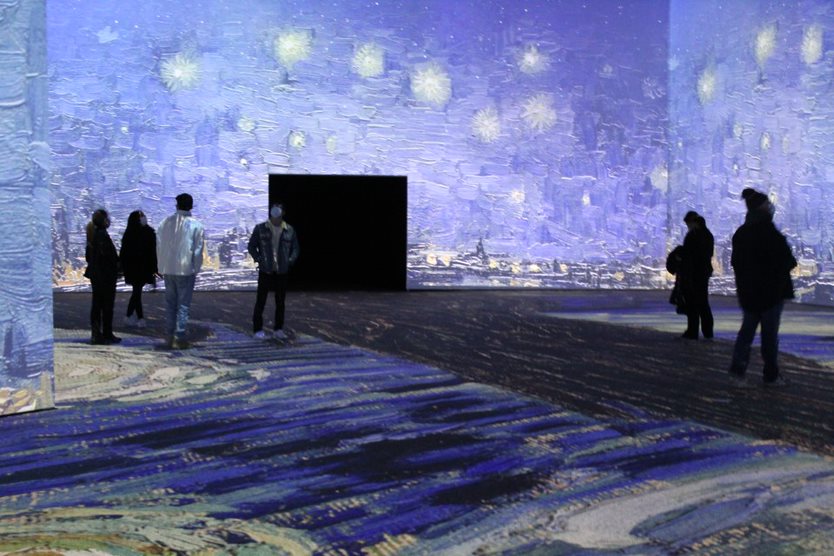

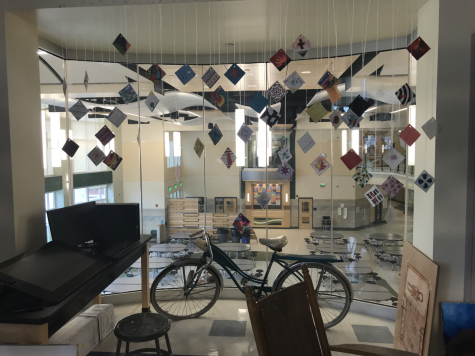
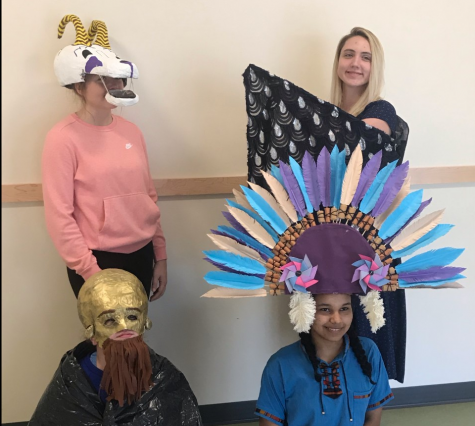


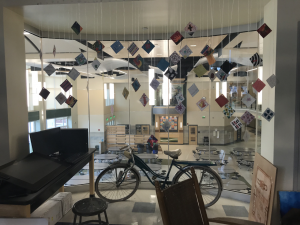
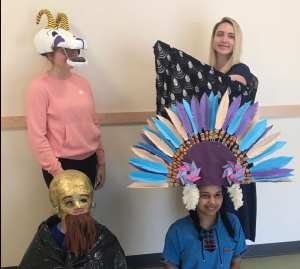
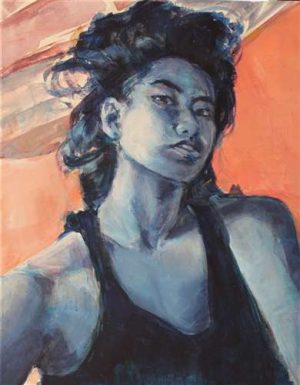





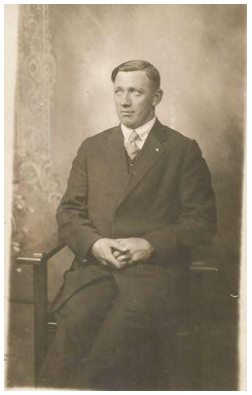








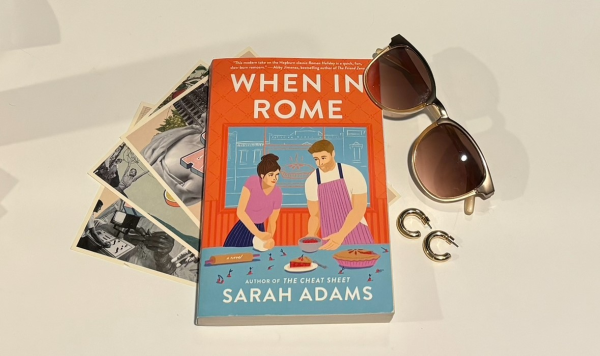
Patricia Pflaumer • Jan 5, 2022 at 10:02 AM
This review is so full of sensory and descriptive detail that it put me right there. Thank you for sharing your experience on this exhibit with us, Amaya.